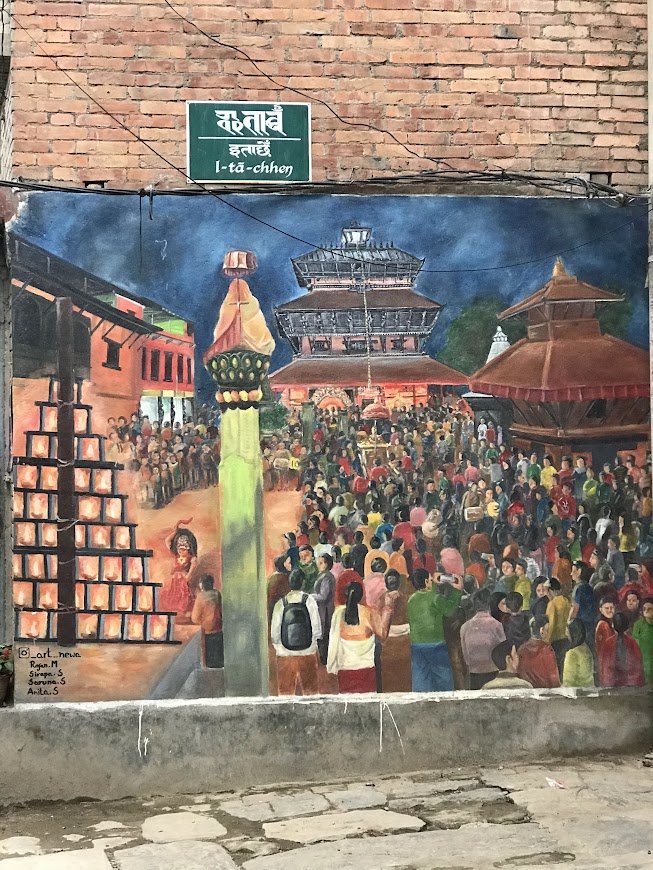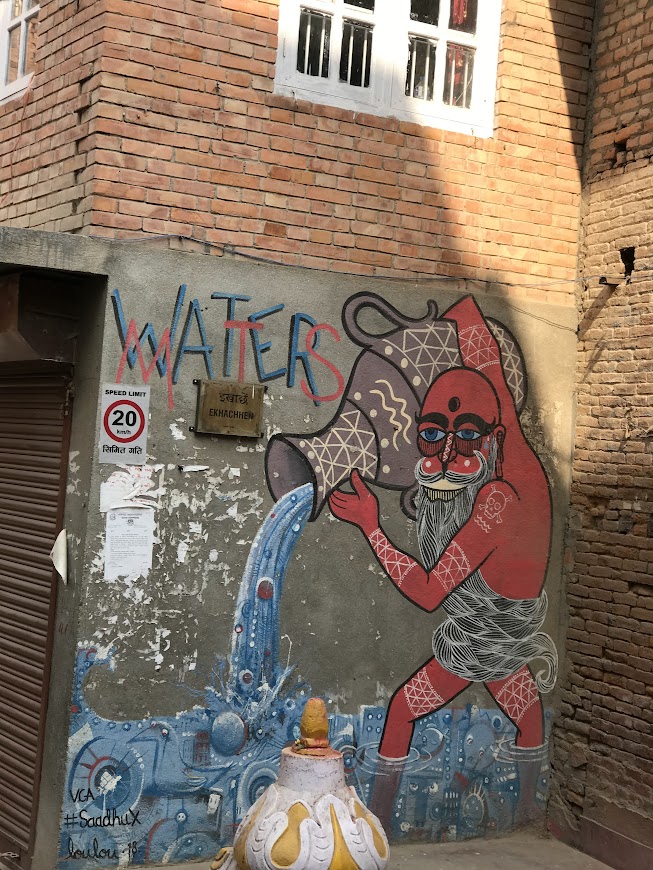Mural | Photographs | Paints | Abstracts | Cultural Significance

Mural — the art of painting on walls, ceilings, and other large and permanent surfaces. It is widely used to convey social messages, provoke thoughts in people, and as a tool of protest too in recent times.
Mural involves architecture, making it distinct from other forms of pictorial art, which are associated with paper, cloth, wood, and stone. While other forms create two-dimensional or four-dimensional artworks, murals are the only three-dimensional painting form that spreads over the available space.
Mural art varies in the form of photographs, paints, and abstracts.
A photograph mural is an enlarged photograph usually several yards long posted on walls, particularly for decoration, while painted murals use acrylic paint, given acrylic colours blend easily and dry quickly.

Painted murals create conversations around culture and life.
Similarly, an abstract mural can be subdivided into various areas such as expressive, conceptual, action painting/gestural abstraction, geometric abstraction, and colour field painting. In this mural, geometrical shapes are observed to be drawn on random lines with no rules or plans. Here, random lines represent the freedom of an artist who is not bound to anything but their own perception.
In Nepal, murals have ancient roots dating back to the 11th century when refugee monks migrated to Nepal from neighbouring Pala Empire (Buddhist imperial power in classic India). They began working as mural painters following their native Buddhist tradition.
During the Malla reign, which is considered Nepal’s “Golden era” in art, mural art reached its peak.
Portraits of 17th century King Bhupatindra Malla as ‘Viswosworup” in Paubha style — a traditional style in Newa civilisation, and series of wall paintings of Bhimsen Thapa in 19th century, among others are some testaments of mural practise in ancient Nepal.
The cultural significance held by mural art — preserving local history and traditions, and promoting cross-cultural understanding and appreciation — is an element in Nepali traditional art that has occupied less room in conversation, and is written less about than wood, metal-work, sculpture, and architecture.
At present, waves of contemporary murals are taking hold of walls of streets in the Kathmandu Valley. Futile and dreary advertising pamphlets and congested houses with tattered views are being substituted with vibrant colours and magnificent patterns. With unheard stories to tell, these murals are contributing to the enhancement of the beauty of urban areas.

Along with the allocation of social messages to artistic expression, muralists are aiding in conserving historical, religious, and cultural factors as well. It is forging curiosity to unearth the forgotten traditions and tales that are deeply rooted in one’s identity. It has also become a new technique used in protest against misdoings and injustice.
Murals around the Patan of Bhairavs, Kumari, and other deities regarding Newari culture are astonishing to look at. Abstract murals with psychedelic elements to ones with philosophical ideas are never uninteresting to observe and analyse. Experimental murals with different and new techniques have filled the streets of the valley, especially in tourist areas. In the jam of human settlement, murals have created a sense of beauty and a fresh view.
The Valley has become a beautiful amalgam of ancient and contemporary murals conveying individual characteristics and significance. Installation of new artwork is as important as the conservation of ancient art with a profound history. With the restoration and respect of mural art, the stories these walls are trying to tell need to be heard.

Read More Stories
Kathmandu’s decay: From glorious past to ominous future
Kathmandu: The legend and the legacy Legend about Kathmandus evolution holds that the...
Kathmandu - A crumbling valley!
Valleys and cities should be young, vibrant, inspiring and full of hopes with...
Nepal to receive $36.1 million to mitigate GLOF risks
Nepal is set to receive $36.1 million in mitigating one of the escalated...